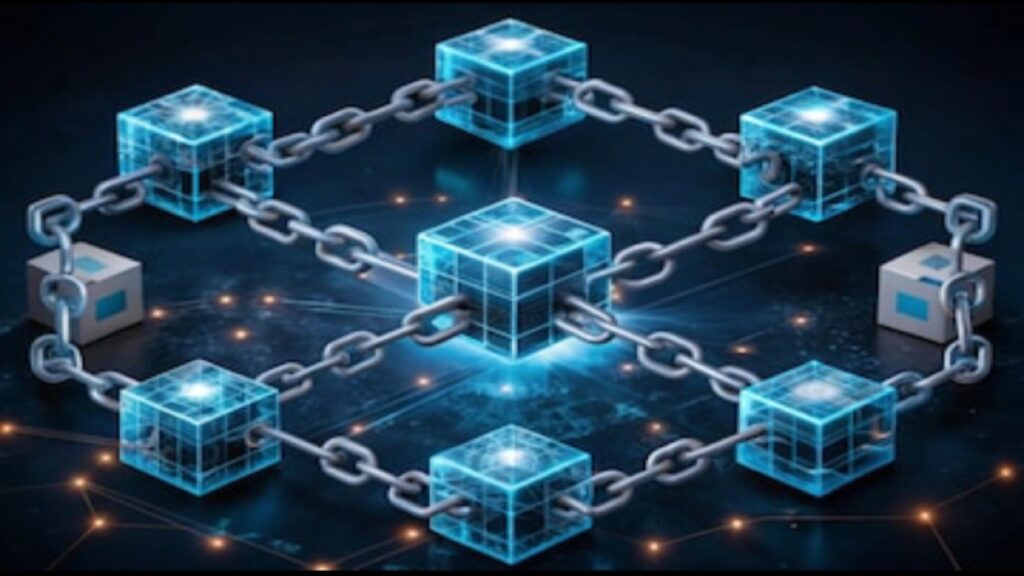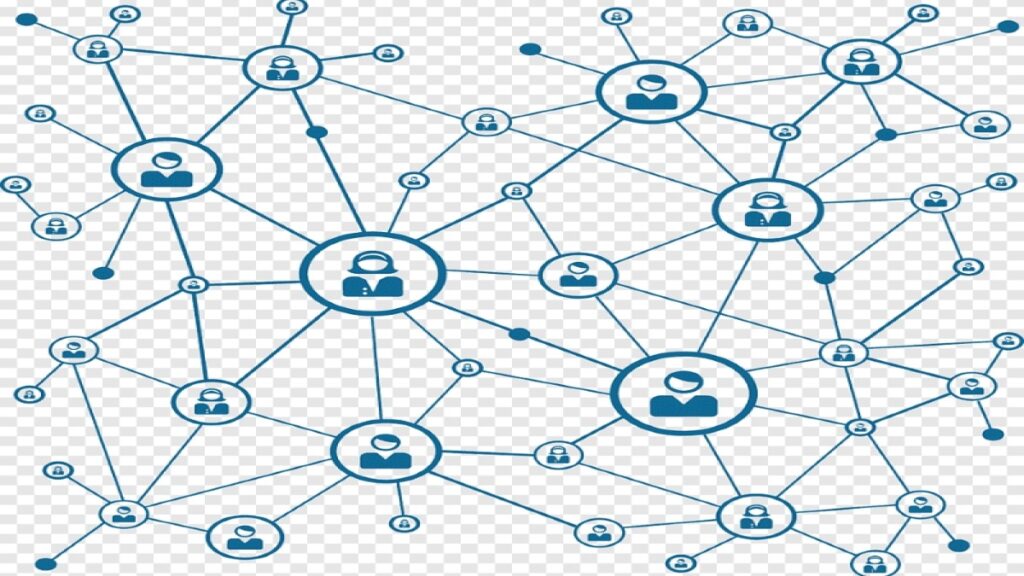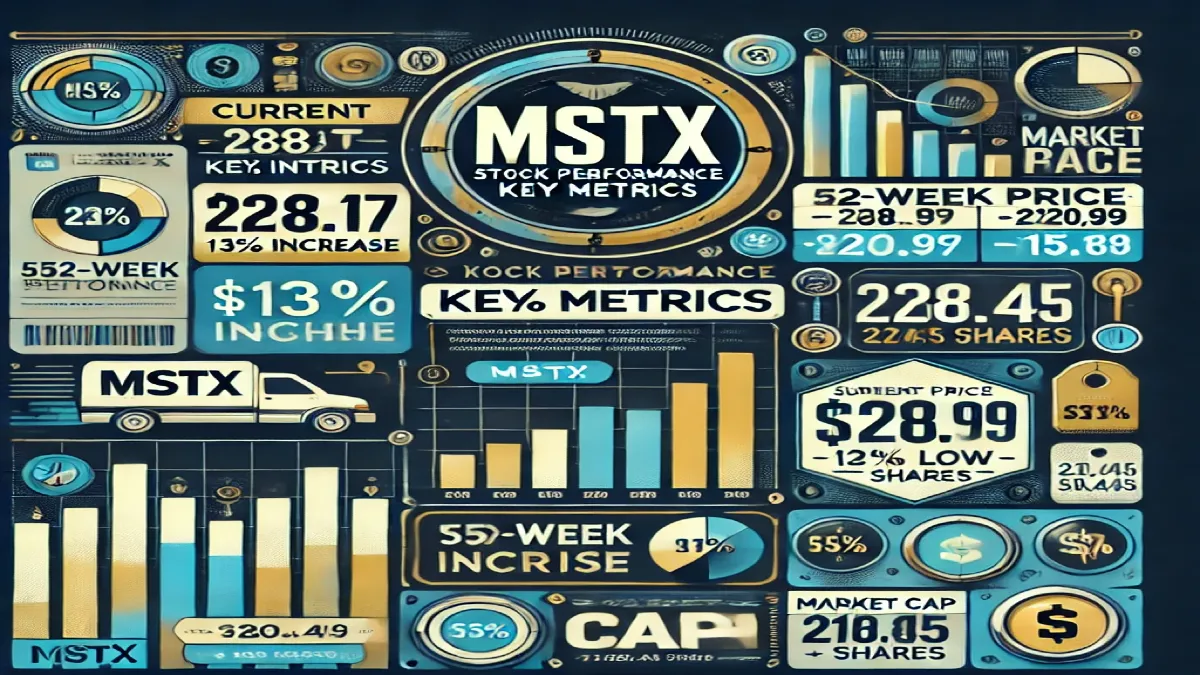Introduction
The financial world is on the brink of a revolution, and real-world asset (RWA) tokenization is at the forefront. By converting tangible assets like real estate, commodities, and art into blockchain-based tokens, RWA tokenization is unlocking unprecedented liquidity, transparency, and accessibility.
With the market projected to hit $50 billion by 2025, institutional investors are stepping in to shape its future. But how exactly will these financial giants influence the growth of RWA tokenization? Let’s dive in.
The Role of Institutional Investors in RWA Tokenization
Institutional investors, including heavyweights like BlackRock, JPMorgan, and Goldman Sachs, are no longer just observers of blockchain technology—they are active participants. These firms are leveraging RWA tokenization to enhance capital efficiency, reduce transaction costs, and streamline asset transfers.

For instance, BlackRock’s recent foray into tokenized funds highlights the growing interest in blockchain-based financial products. Similarly, JPMorgan’s Onyx platform is pioneering the tokenization of assets like treasury bonds, setting a benchmark for the industry].
By investing in blockchain infrastructure and creating tokenized investment vehicles, institutional players are not only driving innovation but also legitimizing the space for smaller investors.
Regulatory Clarity: The Catalyst for Growth
One of the biggest hurdles for RWA tokenization has been regulatory uncertainty. However, 2025 is poised to be a turning point. Regulatory bodies across the globe are stepping up to provide clarity and support for tokenization projects.
- Hong Kong Monetary Authority’s Project Ensemble and Singapore’s Project Guardian are leading the charge in the Asia-Pacific region, fostering innovation while ensuring compliance[5].
- In the U.S., the SEC’s evolving stance on digital assets is expected to provide a clearer framework for tokenized securities.
This regulatory clarity is a game-changer for institutional investors, as it reduces legal risks and paves the way for broader adoption. With a stable regulatory environment, more institutions are likely to enter the market, accelerating its growth.
Market Opportunities: Fractional Ownership and Beyond
Tokenization isn’t just about digitizing assets—it’s about democratizing access. By enabling fractional ownership, RWA tokenization allows investors to own a piece of high-value assets like luxury real estate or fine art. This opens up investment opportunities to a wider audience, including retail investors who were previously excluded from such markets.

Moreover, tokenization enhances liquidity for traditionally illiquid assets. For example, a tokenized real estate property can be traded on a blockchain platform, eliminating the need for lengthy and costly intermediaries. This efficiency is particularly appealing to institutional investors looking to optimize their portfolios.
Challenges: Legal Structuring and Compliance
While the opportunities are vast, challenges remain. Legal structuring and compliance are critical hurdles that must be addressed for seamless integration into traditional financial systems. Issues like cross-border regulations, tax implications, and data privacy require robust solutions to ensure the scalability of RWA tokenization.
Also Read: https://bitcoinnewspro.com/2025-crypto-market-turbulence-news/
Institutional investors, with their resources and expertise, are well-positioned to tackle these challenges. By collaborating with regulators and technology providers, they can help establish best practices and standards for the industry.
The Road to 2025: What to Expect
As we approach 2025, the role of institutional investors in RWA tokenization will only grow. Here’s what we can expect:
- Increased Investment in Blockchain Infrastructure: Institutions will continue to invest in blockchain platforms to support tokenized assets.
- Expansion of Tokenized Asset Classes: Beyond real estate and art, we’ll see tokenization of assets like intellectual property, carbon credits, and even revenue streams.
- Mainstream Adoption: With regulatory clarity and institutional backing, RWA tokenization will move from niche to mainstream, attracting a broader investor base.
Conclusion
In 2025, institutional investors will be the driving force behind the growth of real-world asset tokenization. By leveraging blockchain technology, they are unlocking new levels of efficiency, accessibility, and liquidity in the financial markets.
As regulatory frameworks mature and market challenges are addressed, RWA tokenization will become a cornerstone of the global financial ecosystem.



